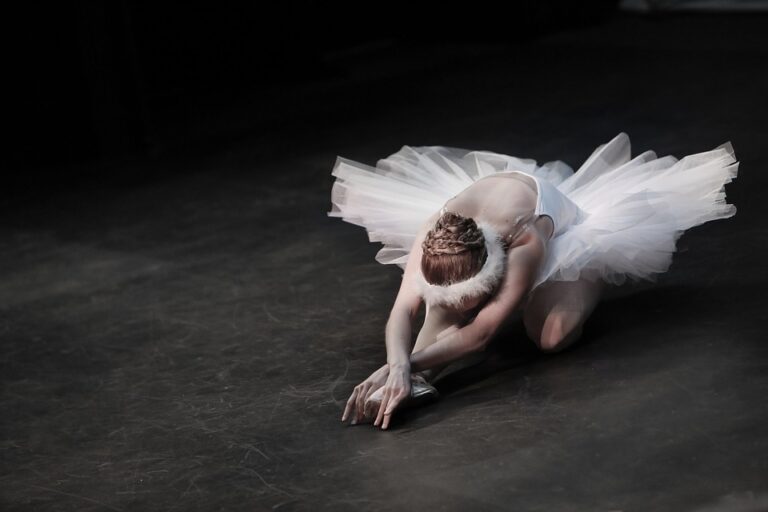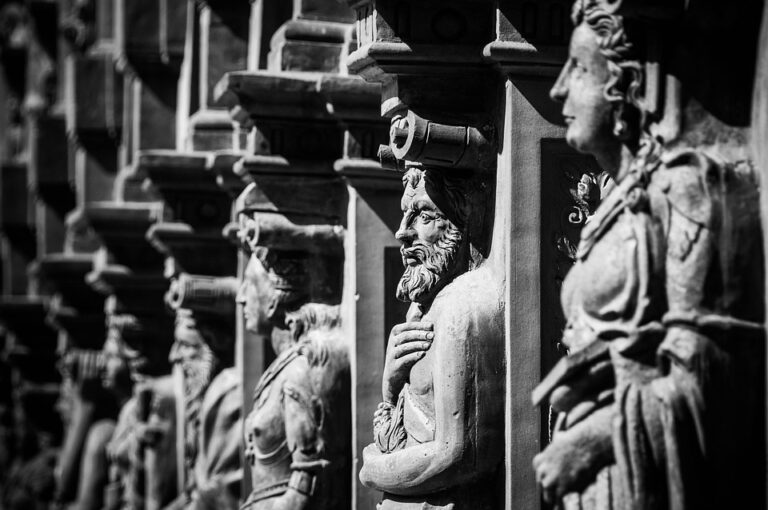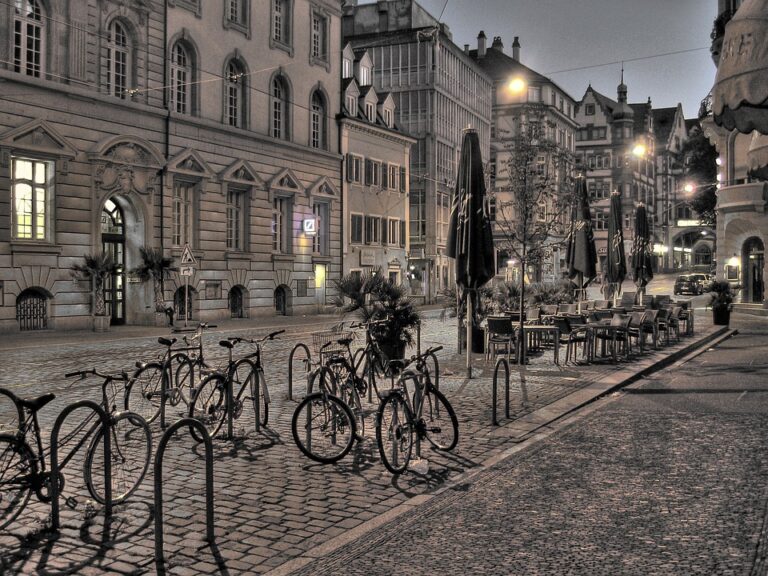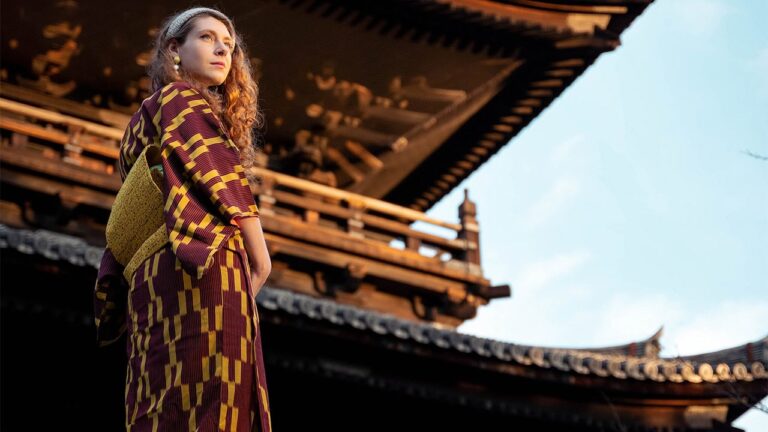Sculpture Parks Worldwide: The Intersection of Art and Nature
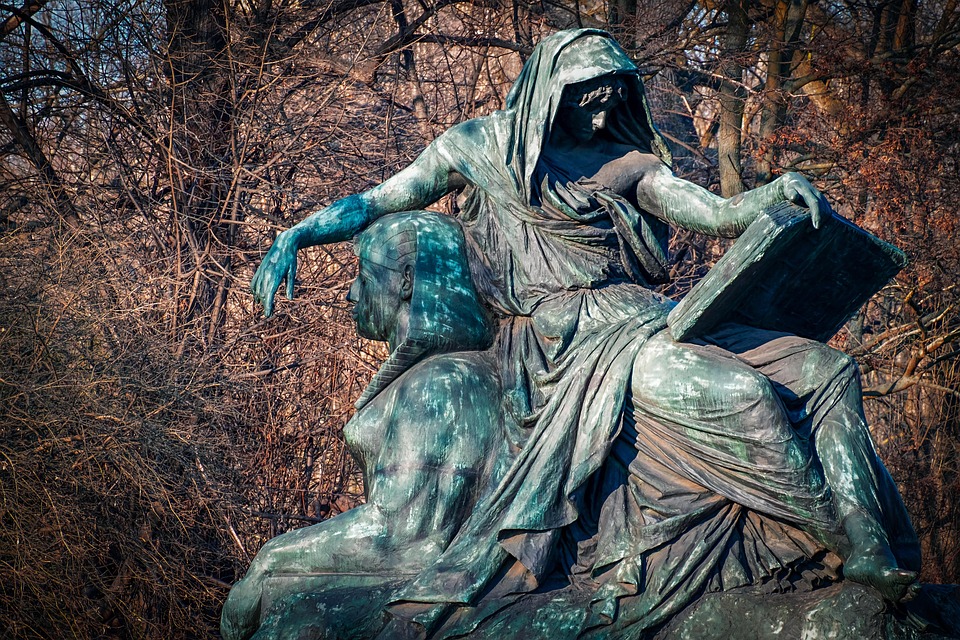
Sculpture parks offer a unique solution, combining the tranquility of nature with the inspiration of art. These parks are open-air galleries where art and nature coexist, providing visitors with a space for reflection, creativity, and discovery.
From sprawling landscapes dotted with monumental works to intimate gardens showcasing intricate sculptures, these parks are a testament to human creativity and the beauty of the natural world.
History of Sculpture Parks
The concept of sculpture parks dates back centuries, with roots in the gardens of ancient civilizations where sculptures were used to honor deities and commemorate events. However, the modern iteration of sculpture parks emerged in the 20th century, as artists and curators sought new ways to engage with audiences.
The rise of environmental awareness also played a role, as artists began to consider the landscape as an integral part of their work. Today, sculpture parks are found all over the world, each offering a unique blend of artistry and natural beauty.
Notable Early Sculpture Parks
In 1950, the first modern sculpture park, the Kröller-Müller Museum in the Netherlands, opened its doors. This park set the standard for integrating art with nature, featuring works by renowned artists such as Rodin and Picasso. Another early example is the Storm King Art Center in New York, established in 1960, which spans over 500 acres and displays large-scale sculptures by modern masters.
Exploring Sculpture Parks Around the Globe
Sculpture parks have gained popularity worldwide, each offering visitors a unique experience shaped by cultural, environmental, and artistic influences. Let’s take a closer look at some of the most breathtaking sculpture parks around the globe.
Storm King Art Center, USA
Located in the Hudson Valley, New York, Storm King Art Center is one of the largest and most well-known sculpture parks in the world.
With its rolling hills and scenic vistas, the park is home to over 100 sculptures by artists such as Alexander Calder, Richard Serra, and Maya Lin. Visitors can explore the park by foot or bike, enjoying the harmonious blend of art and nature.
Jupiter Artland, Scotland
Nestled just outside Edinburgh, Jupiter Artland is a contemporary sculpture park that celebrates both the natural landscape and cutting-edge art.
The park features works by artists like Anish Kapoor and Antony Gormley, set against the backdrop of woodlands and meadows. Jupiter Artland is committed to accessibility and education, offering a range of programs for visitors of all ages.
Hakone Open-Air Museum, Japan
Japan’s first open-air museum, the Hakone Open-Air Museum, is a vibrant fusion of art and nature. Situated in the scenic Hakone region, the museum spans over 70,000 square meters and features around 120 sculptures.
Highlights include works by Henry Moore and an extensive Picasso Pavilion. The museum’s unique setting in the Japanese countryside offers a serene escape from the bustling city life.
The Role of Sculpture Parks in Cultural Preservation and Education
Sculpture parks play a significant role in preserving cultural heritage and promoting education. By showcasing works from diverse cultures and historical periods, these parks foster a deeper understanding and appreciation of global art traditions.
They also serve as educational resources, offering programs that engage communities and inspire future generations of artists.
Community Engagement and Accessibility
Many sculpture parks prioritize accessibility and inclusivity, ensuring that art can be enjoyed by people from all walks of life. Programs such as guided tours, workshops, and interactive installations invite visitors to engage with art in meaningful ways.
Additionally, many parks offer free or reduced admission to make art more accessible to communities.
Embracing the Future: Sustainability and Innovation in Sculpture Parks
As the world becomes more environmentally conscious, sculpture parks are embracing sustainable practices and innovative technologies.
From using renewable energy sources to implementing eco-friendly maintenance practices, these parks are leading the way in environmental stewardship. Artists are also exploring new materials and techniques, creating works that challenge perceptions and inspire change.
Technological Innovations
The integration of technology in sculpture parks is opening up new possibilities for artistic expression and visitor engagement. Interactive installations, augmented reality experiences, and digital guides are just a few ways that technology is enhancing the visitor experience.
These innovations allow for a deeper connection with art, offering new ways to explore and interpret works within the park’s landscape.
Conclusion: The Timeless Appeal of Sculpture Parks
Sculpture parks offer a unique and enriching experience, inviting visitors to explore the intersection of art and nature. Whether wandering through the peaceful trails of Storm King or contemplating the cultural narratives at Jupiter Artland, these parks provide a space for reflection, inspiration, and connection.
As they continue to evolve, sculpture parks will undoubtedly remain a vital part of the global cultural landscape, celebrating the enduring power of art to enrich our lives and transform our world.


